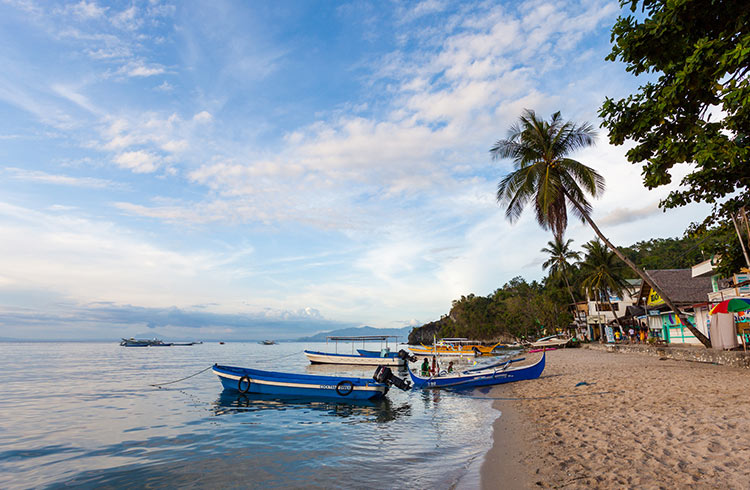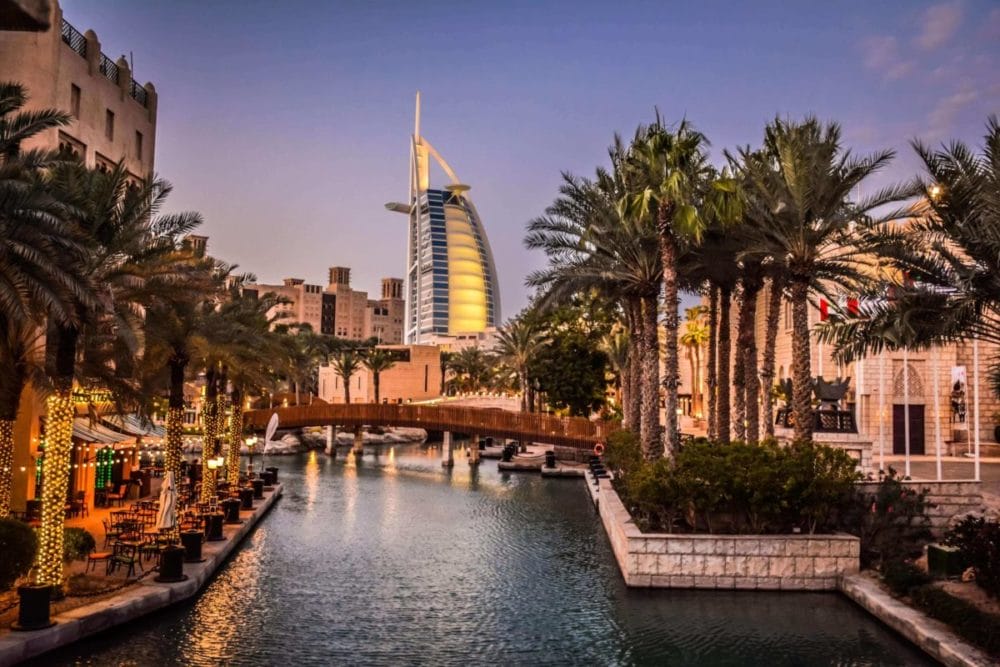Beautiful Rice Terraces and Cordillera Culture
Sagada is located in the northern Philippines mountain region of Cordillera. The mountain scenery and landscapes are breathtaking, carved over centuries by the indigenous tribal groups. ancient rice terraces Cordillera culture can be experienced through various homestays in the area. Some attractions include hanging coffins, caves, and waterfalls dotted across the terraced mountains. Nearby are the iconic Banaue Rice Terraces, a UNESCO World Heritage site demonstrating the agricultural skill and legacy of the Ifugao people. Traditional villages remain intact giving glimpses into the deep-rooted traditions and lifestyles.

Historic Colonial Charm and Coastal Escapes
Iloilo City located in the Visayas island group offers a pleasant mix of old Spanish architecture, local cuisine, and nearby destinations for exploring. Historic Calle Real lined with well-preserved Spanish-style houses and shophouses transports visitors back in time. Specialties like La Paz Batchoy and Inasal satisfy both local palates and curious travelers. Not far are the isolated Gigantes Islands, Guimaras known for prized sweet mangoes, and seafood capital Roxas City. Miag-ao town’s UNESCO recognized Baroque church adds to the cultural experiences.
Island Life off the Beaten Track in Palawan
Port Barton in northern Palawan is the definition of a small, laidback coastal village surrounded by natural wonders. With few tourists, it retains an undisturbed charm. Nearby are patches of vibrant coral reefs Palawan waiting to be discovered by snorkelers and divers. El Nido, a bigger town further south showcases dramatic limestone cliffs and lagoons through various island-hopping tours for those wanting more activities. Overall this remote part of Palawan invites visitors to truly unwind amidst unspoiled island scenery.
Embracing Ilocano Heritage and Traditions
The Ilocos region located at the northern tip of Luzon has retained aspects of culture through centuries. Vigan City stands out as Asia’s best preserved Spanish-era colonial community with over 300 heritage houses featuring a fusion of Spanish, Asian and indigenous architectural styles under the UNESCO World Heritage Site Vigan designation. Traditional means of transportation through kalesa horse-driven carriages add to the time-warp feel. Sampling empanadas, okoy street snacks and basi rice wine give a taste of Ilocano cuisine and culture. Nearby are town’s showcasing unique architectures styles in their Baroque churches.
Surfing and Natural Coastal Beauty in Siargao
As an alternative to overcrowded Boracay island, Siargao located off northeast Mindanao has become a prime surfing haven in the Philippines. With its stunning palm fringed beaches and lagoons, it retains a laidback, low-key vibe despite visitor numbers increasing yearly. Activities include surfing of course, cloud nine surf break Siargao beach swimming in hidden lagoons, and island-hopping trips. Be prepared to spend leisurely days soaking in the natural beauty and calm pace of island life on Siargao.
Captivating Flavors of Central Philippines Cuisine
The central Philippines stretching from Cebu, Bohol to Negros islands have distinctive dishes reflecting cultural influences. Cebu’s lechon or whole roasted pig signifies any special occasion while their fresh lapu-lapu (grouper) dominates coastal menus. Bohol is renowned for crunchy chicharon bulaklak or pork rinds resembling flowers. Negros Occidental’s specialty is fresh buko pandan or young coconut wrapped in pandan leaves imparting a fragrant flavor. Street stalls often sell delicious native sweets such as bibingka and puto made from rice or sticky purple yam. Be sure to sample the regional specialties to fully experience local flavors unique to this part of the Philippine archipelago.
Managed Through Sustainable Community-Based Tourism
A new and positive trend emerging across the Philippines are community-based tourism programs aimed at uplifting rural livelihoods through sustainable practices. Guest houses and homestays operated by village cooperatives offer immersive cultural experiences while generating income that circulates within the community. On the northern Ilocos and Polillo island, traditional Ifugao rice terraces are being sensitively restored with community participation and eco-friendly initiatives being introduced. Negros Occidental’s Tambobo bay has designated zones for wildlife protection and habitat conservation while providing alternative sustainable jobs for residents. Supporting such community tourism provides opportunities to interact with and uplift indigenous communities in a responsible manner, preserving cultural heritage and local environments for future generations.
Maintaining Respect for Traditions and Etiquettes
When visiting the Philippines, keeping an open and appreciative mindset while observing cultural norms ensures the most positive experience. Holy Week processions call for respectful avoidance while strong Catholic influence affects daily schedules nationwide. Showing polite behaviors like removing footwear when entering homes or offering pasalubong gifts cultivate goodwill. Maintaining humility goes a long way especially in rural regions still practicing age-old traditions like respectful hand kissing of the elders. Simple awareness or attempts at basic local greetings and phrases help foster connections with the friendly Filipino people who take immense pride in both regional diversity and their national identity as a whole. With understanding and appreciation, travelers enjoy the fullest the Philippines has offer in culture, nature and hospitality.

 Is September Worth Visiting Dubai?
Is September Worth Visiting Dubai?